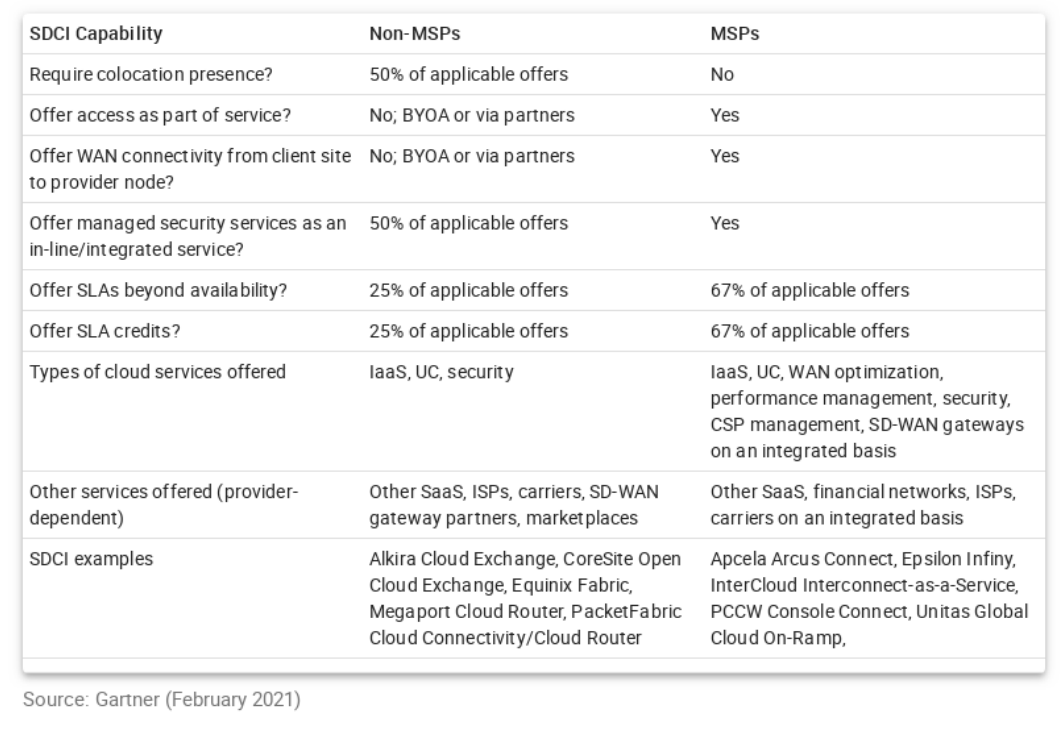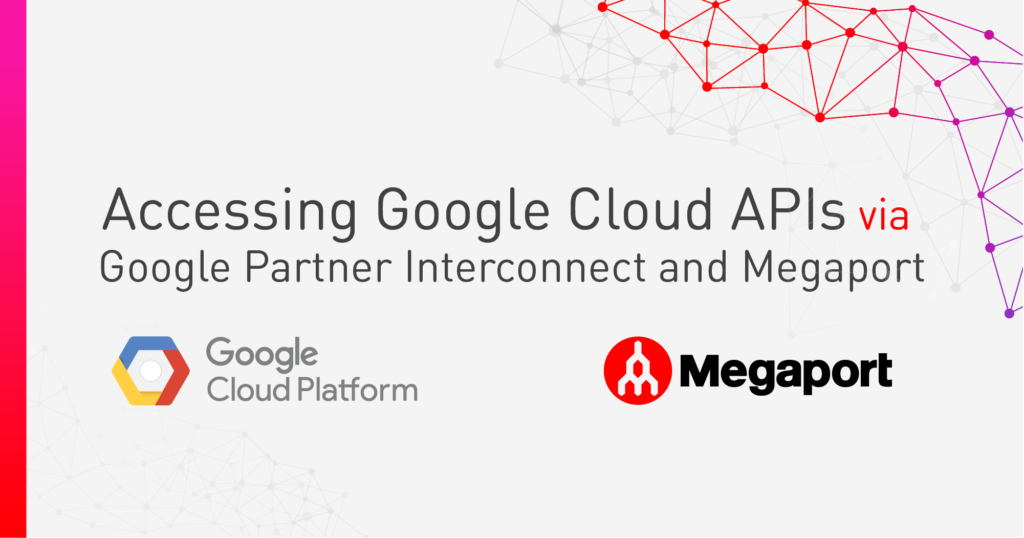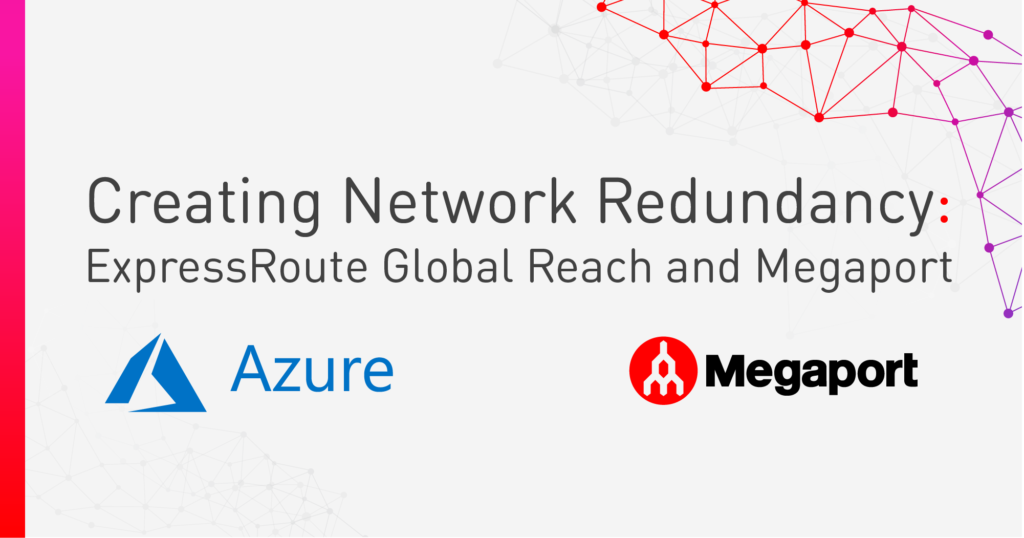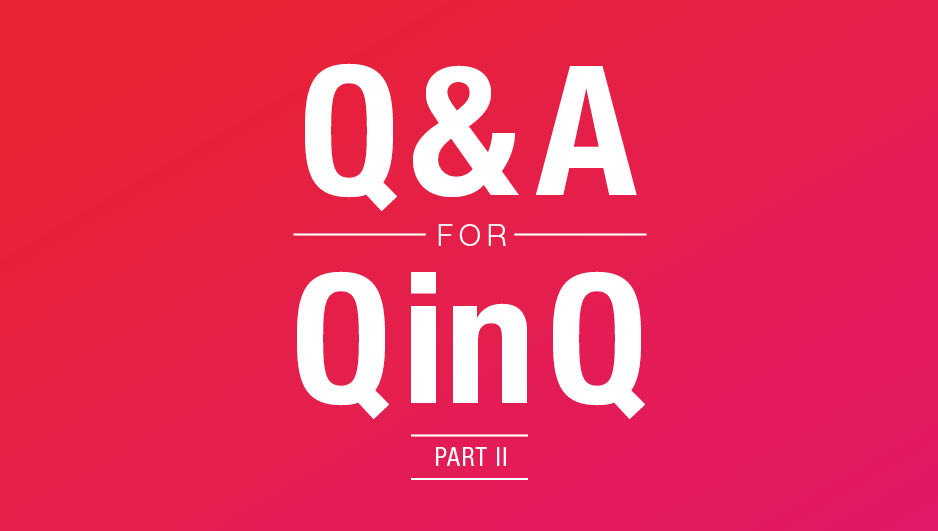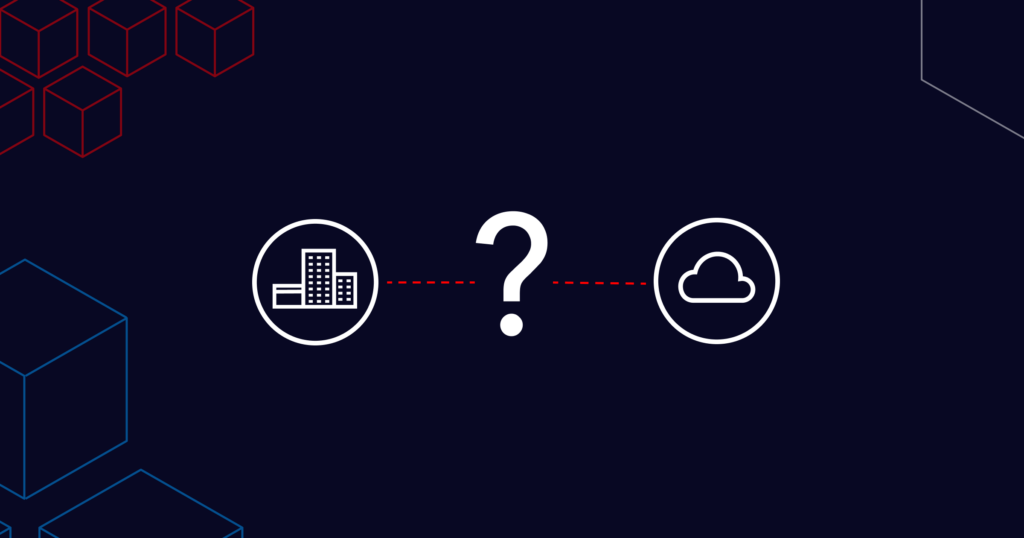
Which SDCI Provider Is Right for You?
- Cloud networking
- February 22, 2022
- RSS Feed
By Henry Wagner, Chief Marketing Officer
How do you select the best provider for your enterprise? Here’s the criteria to compare so you can choose with confidence.
Software Defined Cloud Interconnection (SDCI) is becoming so popular that according to Gartner, “by the end of 2024, 30% of enterprises will use SDCI services to connect to public CSPs, which is an increase from fewer than 10% in 2020.”/*
In a previous blog post we explained what Gartner defines as SDCI in comparison to cloud hubs, including why you should consider SDCI as your go-to private cloud connectivity method. But once you decide to use SDCI, you have one more decision to make: choosing a provider. What types of SDCI providers are available, what are the differences between them, and how can you choose the right one?
Gartner separates SDCI providers into two main categories – Managed Service Providers (MSPs) and non-Managed Service Providers (non-MSPs). MSPs deliver network, application, infrastructure, and security services in their own hosted data center or in a third-party data center. They also offer WAN connectivity from the client site to the provider node without the requirement for colocation presence.
Non-MSPs, like Megaport, help businesses connect to many resources and partners more flexibly. In the case of Megaport’s Network as a Service platform, Points of Presences (PoPs) are established in numerous data centers around the world, creating a network fabric that’s global, private, and vendor-neutral. So while MSPs might run their own data center or partner with a third-party data center, a non-MSP can help businesses connect to the cloud from many more touch points – in Megaport’s case, customers have access to over a hundred different data center operators in over 700 data centers across 24 countries, all with the ease of a point-and-click portal.
Key questions to ask
To help you decide on the right SDCI provider for your enterprise, here are some basic questions you should ask in your evaluation process:
Which providers require colocation presence?
Many SDCI providers require a colocation presence in the data center where the customer wants to access a cloud on-ramp. In the case of Megaport, because of the breadth of our global network, you don’t necessarily need a colocation presence and can turn up connectivity without physical infrastructure.
What about SLAs?
Whether MSP or non-MSP, all SDCI providers offer slightly differing SLAs so it’s worth reviewing them to ensure you’re choosing a reliable option. Generally, providers will encourage deploying two connected gateways so as to improve resilience and redundancy. Megaport provides a 100% uptime SLA on our services.
Want a better understanding of cloud provider SLAs? Learn more here.
Which can provide more total services?
This is where it’s important to do your research on each provider, because depending on your enterprise needs, this could end up having a major influence on your decision. MSPs seem to provide more total services upfront, but non-MSPs have the potential to provide a more comprehensive suite of services thanks to their agility. Megaport can connect customers to over 360 service providers, across numerous industries and geographies, from their global or regional network infrastructure – whether it’s in a data center or on-premises.
When asking these questions, it’s also important to note the level of control and visibility you want over your network. MSP SDCI providers can remove some of the thought from your setup process – but non-MSP SDCI providers like Megaport ultimately offer wider service choice, and according to Gartner, “connect to many resources and partners on a more flexible basis.”
In today’s rapidly changing business landscape, simplicity, flexibility, control, and ability to scale should be at the top of your list when selecting an SDCI provider. Agile networking—being prepared for anything as your business grows and your enterprise’s network needs shift—is key to reducing capex and opex. Non-MSPs can take a little more work to set up, but the result is a network that’s much easier to change and optimize over time. Which one is right for you depends on whether you want something that’s easier to orchestrate now than it is to change later, or whether you see your company and its cloud needs growing and changing over time.
Our advice is clear—to choose the setup you can change over time—because as SDCI grows in popularity, the entire cloud connectivity landscape is expected to grow with it. Will you be ready for the shift?
Keep up to date on Megaport in the news by following us on social media at:
Twitter: @megaportnetwork
LinkedIn: @megaport
Facebook: @megaportnetworks
*Gartner®, How to Optimize Network Connectivity Into Public Cloud Providers, Lisa Pierce, Danellie Young, Jonathan Forest, 19 February 2021. GARTNER is a registered trademark and service mark of Gartner, Inc. and/or its affiliates in the U.S. and internationally, and is used herein with permission. All rights reserved. This graphic was published by Gartner, Inc. as part of a larger research document and should be evaluated in the context of the entire document. The Gartner document is available upon request from Megaport.
